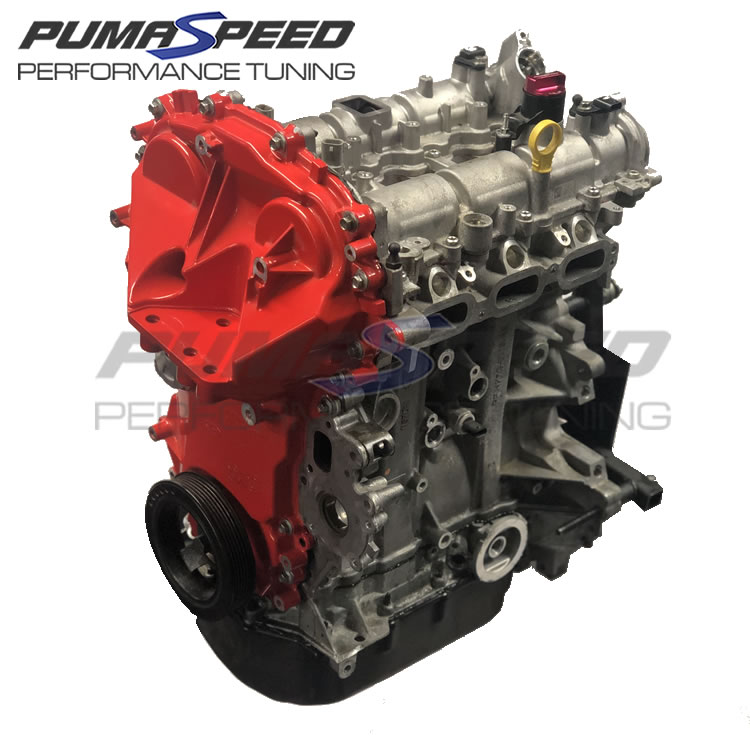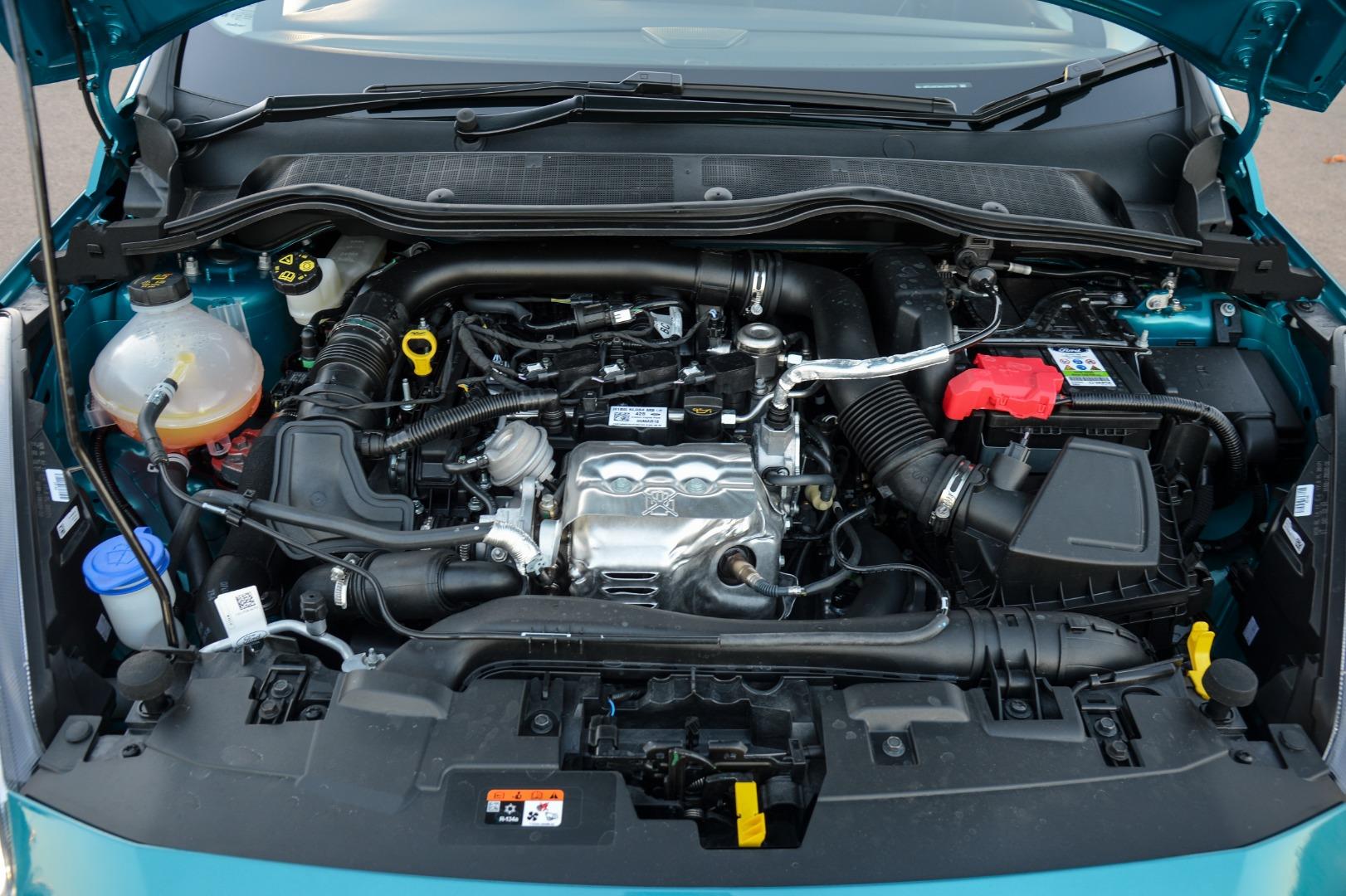Troubleshooting Ford Fiesta Engine Problems: What You Need to Know
Troubleshooting Ford Fiesta Engine Problems: What You Need to Know
Blog Article
The Future of Engines: Developments Driving Lasting Power Solutions
As the automotive sector navigates the necessary change towards sustainability, the future of engines is increasingly defined by groundbreaking advancements. Electric engine improvements, along with appealing advancements in hydrogen fuel cells and biofuels, are reshaping the landscape of power remedies. The emergence of crossbreed systems better complicates this advancement, providing both opportunities and challenges to reduce emissions effectively. Coupled with the integration of expert system in engine design, these technical strides increase important concerns about their long-term stability and influence on standard paradigms. What might this indicate for the industry and customers alike?
Electric Engine Dope
The advancement of electrical engine advancements signifies an essential change in the auto and aerospace markets, driven by the immediate demand for sustainable options to fossil gas. This transition is defined by considerable developments in battery technology, power electronics, and electric motor layout, which jointly boost the performance and performance of electric engines.
Current innovations have actually resulted in the production of lighter, a lot more energy-dense batteries, such as lithium-silicon and solid-state batteries, which promise longer varieties and much shorter billing times. Furthermore, enhancements in electric motor efficiency, such as the use of long-term magnets and progressed cooling down systems, enable electrical engines to operate properly under varying problems. These enhancements not only enhance lorry efficiency however also add to a reduction in overall power consumption.
Furthermore, the combination of advanced software program algorithms has enhanced power monitoring in electrical automobiles, permitting regenerative stopping and predictive charging approaches. As producers significantly embrace electrical propulsion, the aerospace and automotive markets are seeing a paradigm shift towards greener technologies. This advancement not just meets governing needs but likewise aligns with customer preferences for eco-friendly transport options, strengthening electrical engines as a cornerstone of future lasting flexibility.
Developments in Biofuels
As the aerospace and vehicle sectors progressively focus on lasting power sources, developments in biofuels emerge as a complementary service to electrical engines. Biofuels, originated from natural products such as crops, waste, and algae, offer an ingenious avenue for lowering greenhouse gas discharges and reliance on fossil gas.
Current study has focused on improving the efficiency and sustainability of biofuel manufacturing. Second-generation biofuels use non-food feedstocks, lessening competition with food supply and reducing environmental influence. Innovations in artificial biology have actually made it possible for the design of microorganisms to produce biofuels extra successfully, leading to greater returns and reduced production prices.
In addition, the advancement of drop-in biofuels enables seamless integration into existing framework, enabling a smoother change for industries typically based on nonrenewable fuel sources. ford fiesta engine. These gas can be made use of in current engines without modifications, promoting their adoption across different markets
Investments in biofuel innovation, together with encouraging policies, are necessary to drive development and scalability. As the global area seeks to combat environment modification, biofuels use a pragmatic, immediate remedy that aligns with the overarching goal of sustainability in transport and air travel.
Hydrogen Fuel Cell Modern Technology
An expanding number of companies and researchers are exploring hydrogen fuel cell innovation as a practical alternative to traditional source of power in transportation and power systems. This innovation transforms chemical energy from hydrogen into electricity via an electrochemical reaction, with water as the only by-product, making it an eco-friendly choice.
The core of hydrogen gas cells is the gas cell pile, where hydrogen particles are divided into electrons and protons. The flow of electrons generates electrical energy, while protons relocate via a membrane layer to combine with oxygen from the air, developing water. This process leads to high performance and reduced exhausts, placing hydrogen gas cells as a critical gamer in the shift to lasting power.
Significant improvements have actually been made in enhancing the longevity and Resources effectiveness of gas cells, alongside reducing costs through innovative manufacturing techniques. Furthermore, the development of hydrogen production techniques, such as electrolysis powered by renewable power sources, enhances the sustainability of the total system. As infrastructure for hydrogen refueling expands and production approaches become extra reliable, hydrogen fuel cell innovation holds fantastic promise for decarbonizing different sectors, including sturdy transport and stationary power generation.
Hybrid Solutions and Their Effect
Crossbreed systems stand for a significant advancement in sustainable engine innovation, merging traditional internal burning engines with electric propulsion to optimize power efficiency and lower exhausts (ford fiesta engine). This dual approach allows automobiles to use both source of power, making it possible for better adaptability in power consumption and minimizing reliance on fossil gas

In addition to ecological benefits, crossbreed systems provide consumers a practical shift towards totally electrical vehicles. They relieve range anxiety by incorporating the convenience of gasoline with the benefits of electric propulsion, making them an attractive choice for a wider audience. As manufacturers spend in hybrid innovation, the development of more sophisticated battery systems and lightweight materials proceeds to enhance performance. Generally, hybrid systems represent a crucial step towards achieving sustainable transportation and addressing the immediate demand for eco pleasant power options.
The Role of AI in Engine Layout
Leveraging innovative formulas and artificial intelligence strategies, the auto industry is increasingly incorporating fabricated knowledge (AI) right into engine design processes. AI enhances the performance and efficiency of design by analyzing substantial datasets find more information to determine optimum configurations and efficiency parameters. This ability enables engineers to imitate different operating conditions and anticipate engine behavior under several circumstances, substantially decreasing the moment and price related to traditional prototyping techniques.
Furthermore, AI promotes the advancement of advanced materials and burning procedures tailored for sustainability. By maximizing gas performance and lessening exhausts, AI-driven layouts line up with worldwide campaigns targeted at lowering the carbon impact of vehicle engines. Artificial intelligence algorithms can likewise this predict upkeep requirements, resulting in improved dependability and longevity of engine parts.
Furthermore, AI is crucial in the integration of electrification innovations, such as hybrid systems, where it can optimize battery management and energy recovery procedures. As the industry relocates towards even more lasting power solutions, the duty of AI in engine design comes to be increasingly vital, driving development and boosting the performance of future engines. Ultimately, the collaboration between AI and engine style declares a new period of smarter, cleaner, and more efficient vehicle modern technologies.

Conclusion
In conclusion, the future of engines is being formed by a convergence of ingenious innovations that focus on sustainability. Electric engine developments, biofuel growths, hydrogen fuel cells, and hybrid systems collectively add to a significant decrease in emissions and ecological influence.
Electric engine developments, along with encouraging advancements in hydrogen gas cells and biofuels, are reshaping the landscape of power options. Additionally, renovations in electric motor efficiency, such as the usage of irreversible magnets and advanced cooling down systems, allow electrical engines to operate effectively under differing conditions. By enhancing gas performance and lessening emissions, AI-driven layouts align with global efforts aimed at decreasing the carbon impact of automobile engines. As the market moves in the direction of even more lasting power solutions, the duty of AI in engine design becomes increasingly vital, driving advancement and boosting the efficiency of future engines. Electric engine innovations, biofuel growths, hydrogen fuel cells, and hybrid systems jointly contribute to a considerable decrease in exhausts and ecological influence.
Report this page